by Nicole C. Fuentes
Last week, I had the opportunity to listen to Margarita Tarragona, an expert in the field of positive psychology, talk about the important role that the stories we tell ourselves play in our emotional well-being.
Margarita shared with us many interesting ideas, but one in particular got me thinking: the idea of the “lost possible self.” What never was, what almost was, what no longer is … Everything that belongs in the drawer of the “what ifs.”
Possible selves are defined as personalized representations of important life goals. Our lost possible selves are, then, a personalized representation of an important, unaccomplished life goal, and they come in different shapes and colors.
Maybe you dreamed of getting married and having a family, but never found or haven’t found the right person. You aspired to become a professional dancer, but an injury moved you into early retirement. You wished to study art, but were forced to study engineering. You earned a college degree, but decided to be a stay-at-home mom. You yearned to be a grandmother, but your children did not become parents. You thought that your marriage would last forever, but it ended. You desired that position in your company, but someone else got it. You wanted to become a pilot, but the eye exam during the admissions process eliminated you as a candidate.
I thought about my lost possible selves, and I could feel their weight. I realized that I carry them with me—I keep them stored somewhere off in the corner, but, occasionally, they come out, get into my head, and wake up uncomfortable emotions.
I thought that it would be good to say goodbye, to let go of them and walk more lightly, to enjoy the versions of me that are, to make room for new possible selves, or simply to be my best possible self today. Like when we get rid of the clothing in our closet that we never use.
Laura King, researcher from the University of Missouri, explains that thinking about what might have been or about our lost possible selves is a recipe for regret, deception, humiliation, sadness, and anger. When the “might have been” catches us, our well-being deteriorates.
Disillusionment, setbacks, changes of direction, and mistakes are part of life, and surely can be hard. At the same time, acknowledging and assimilating them can become an opportunity for transformation and a sign of maturity.
It is important to say goodbye to what might have been or to who we might have been. In order to move forward, it is necessary to let go of the plans that did not materialize, the broken promises, the dreams that remained just that—and make peace with situations that we did not want, but came anyway.
We are happier when we recognize our losses and our lost possible selves, but are not consumed by them; when we are able to keep focused on present goals—our best possible self—and believe that something good is yet to come.
One strategy that can work is to write a farewell letter to each of our lost possible selves, or to the particular one that hurts the most. Elaborating on that lost possible self, acknowledging her, thanking her, and then letting her go, can potentially liberate us, increase our happiness, and boost our personal growth.
When I was a little girl, I had to say goodbye to the idea of a “me” that would find a way to communicate with animals; a few years later, I had to let go of the Olympic gymnast version of me, as I never overcame my fear of the vault. Later in life, I decided to part ways with my possible self as photographer and writer for National Geographic, in order to become an economist working with numbers in the corporate world. Eventually I abandoned that version of me as well. I also wanted to be the favorite, spoiling aunt to my nephew and nieces, but life placed them far away from me.
There is magic in our capacity to redesign ourselves. I never deciphered the language of animals, but I talk to my dogs anyway. I did not become a professional gymnast, but exercise is an essential component of my life. I did not become a photographer or writer, but I take photos and write. I did not pursue a professional career in economics, but I found the way to use what I learned in my studies in a different area of the social sciences.
There are plenty of versions of myself that stayed in the inkwell and yet left their imprint of “what might have been.” Some of those I have yet to let go of.
A couple of questions can help us in the process of personal redesign: What part of what I wanted to be is still in me, helps me feel good, and contributes to my best possible self? What resources, abilities, and strengths do I have available to build new possible selves in the future?
Let’s think of new stories to tell ourselves.
Carta de despedida al yo que no fui
by Nicole C. Fuentes
La semana pasada tuve la oportunidad de escuchar a Margarita Tarragona, experta en Psicología Positiva, hablar sobre el papel tan importante que juegan las historias que nos contamos a nosotros mismos en nuestro bienestar emocional.
Margarita compartió con nosotros muchas ideas muy interesantes, pero a mi me dejó pensando una en especial: “el yo posible perdido”, “las identidades posibles perdidas” o “las versiones posibles de mi que no fueron.”
Lo que nunca fue, lo que casi fue, lo que dejó de ser… Todo eso que tiene un lugar en el cajón de los “hubieras.”
El “yo posible” se define como una representación personalizada de una meta de vida importante.
Nuestras identidades posibles perdidas son, entonces, una representación personalizada de una meta de vida importante que no se cumplió y pueden tener muchas formas y colores.
Quizá soñabas con casarte para formar una familia, pero no encontraste o no has encontrado a la persona indicada; aspirabas a ser bailarina profesional, pero tuviste que retirarte antes de tiempo por una lesión; deseabas estudiar arte, pero te obligaron a estudiar ingeniería; terminaste una carrera, pero no la ejerciste porque te dedicaste al hogar; soñabas con ser abuela, pero tus hijos no quisieron ser padres; pensabas que tu matrimonio era para toda la vida, pero terminó; querías ese puesto en la empresa, pero se lo dieron a alguien más; querías ser piloto de aviones, pero el examen de vista que te hicieron como parte del proceso de admisión te descartó como candidato.
Me puse a pensar en mis versiones posibles que nunca fueron y pude sentir su peso. Me di cuenta que cargo con ellas, las tengo guardadas en el fondo de algún rincón; pero de vez en cuando, salen para dibujarse en mi mente y despiertan emociones incómodas.
También pensé que sería bueno despedirme de todas ellas, dejarlas ir para andar más ligera, para disfrutar de mis versiones que sí son, hacerle lugar a nuevas versiones posibles o simplemente para ser mi mejor versión el día de hoy. Algo así como cuando sacamos del clóset la ropa que nunca usamos.
Laura King, académica de la Universidad de Missouri, explica que pensar en lo que pudo ser o en un yo posible perdido es receta para el arrepentimiento, la decepción, humillación, tristeza y el enojo. Cuando nos atrapa el “hubiera” nuestro bienestar se deteriora.
La desilusión, los contratiempos, cambios de dirección, los errores son parte de la vida y, sin duda, pueden ser muy duros. Al mismo tiempo, reconocerlos y asimilarlos puede convertirse en una oportunidad de transformación y en una señal de madurez.
Es importante despedirnos de lo que pudo ser o de quien pudimos ser. Para avanzar es necesario decirle adiós a los planes que no se hicieron, a las promesas no cumplidas, soltar los sueños que quedaron solo en eso y hacer las paces con situaciones que no queríamos, pero que igual llegaron.
Logramos ser personas más felices cuando reconocemos las pérdidas –identidades posibles que no fueron-, pero no nos dejamos consumir por ellas y nos mantenemos enfocados a las metas presentes -en nuestra mejor versión posible- y creemos que algo bueno está por venir.
Una estrategia que puede funcionar es escribirle una carta de despedida a cada una de esas versiones de nosotros mismos que no pudieron ser o a esa versión que más nos duele no haber sido.
Elaborar sobre ese posible yo que se perdió, reconocerlo, darle las gracias y luego dejarlo ir potencialmente pude liberarnos, mejorar nuestra sensación de felicidad y fomentar nuestro crecimiento personal.
Cuando era una niña tuve que despedirme de esa identidad mía que encontraría la manera de comunicarse con la mente de los animales pero que nunca se hizo realidad. Unos años después tuve que decirle adiós a mi versión posible de gimnasta que iría a las olimpiadas porque nunca superó el miedo a la viga de equilibrio. Más adelante dejé ir a mi yo posible de fotógrafa y escritora de la revista National Geographic para convertirme en economista de profesión dedicada a los datos duros y al mundo corporativo. A esa versión… la abandoné también. También quise ser tía consentidora de todos mis sobrinos, pero la vida me los puso lejos.
Parte de la magia está en nuestra capacidad de rediseñarnos. Nunca descifré el lenguaje de los animales, pero igual hablo con mis perros. No me convertí en gimnasta profesional, pero el ejercicio es un eje central de mi vida. No fui fotógrafa ni escritora de National Geographic, pero tomo fotos y escribo este blog. No me dediqué a la economía, pero encontré la manera de usar lo que aprendí ahí en otra área de las ciencias sociales.
En fin, hay muchas versiones de mi misma que se quedaron en el tintero, pero que dejaron la huella del “y si hubiera…”. Aún tengo pendiente despedirme de varias.
Me parece que un par de preguntas que pueden ayudarnos en estos procesos de remodelación personal son: ¿Qué parte de lo que quería ser me acompaña hoy, me ayuda a sentirme bien y a ser mi mejor versión posible?, ¿Qué recursos, habilidades y fortalezas tengo para construir nuevas posibilidades para mi en el futuro?
Pensemos en historias nuevas que contarnos.
Nicole C. Fuentes, CiPPLA, is a positive psychology consultant and has dedicated her professional life to the study of happiness. She teaches the class “Actions for Happiness” at Universidad de Monterrey, Mexico, and is an international speaker. She has a weekly blog, and is a guest writer for three different magazines. Nicole recently finished her first book on happiness. She loves to read, paint, bike, run, and spend time outdoors.


 Nicole C. Fuentes,
Nicole C. Fuentes, 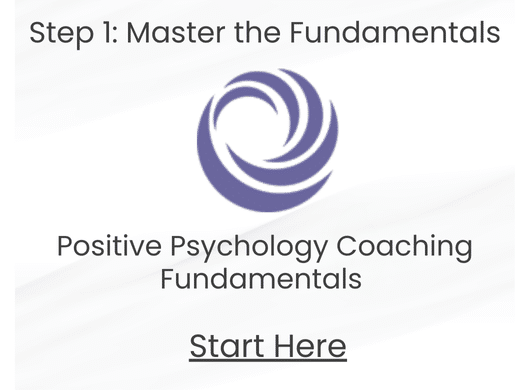
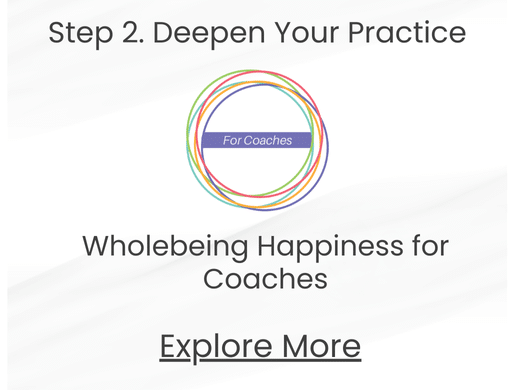
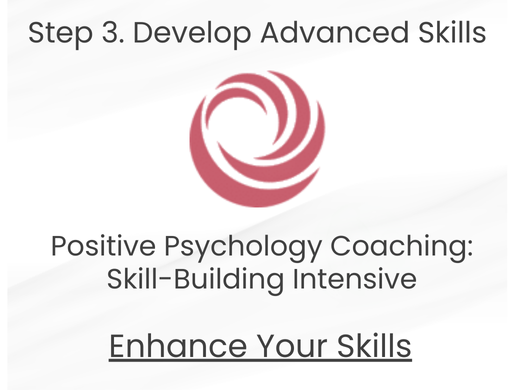

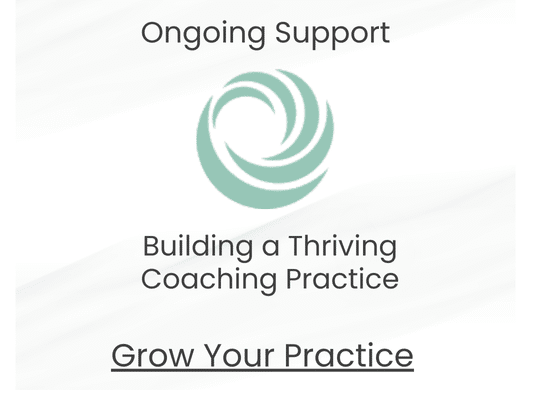
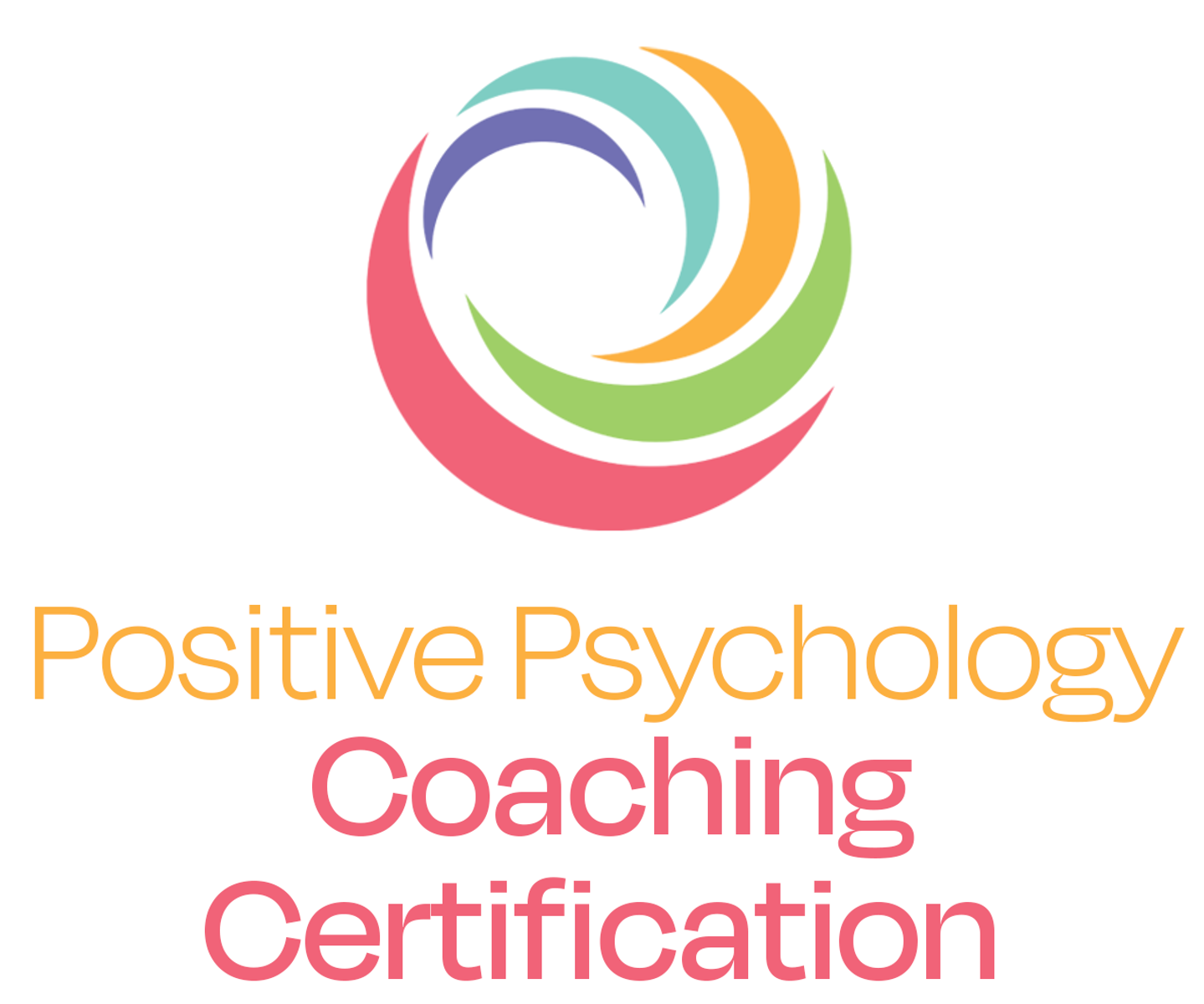
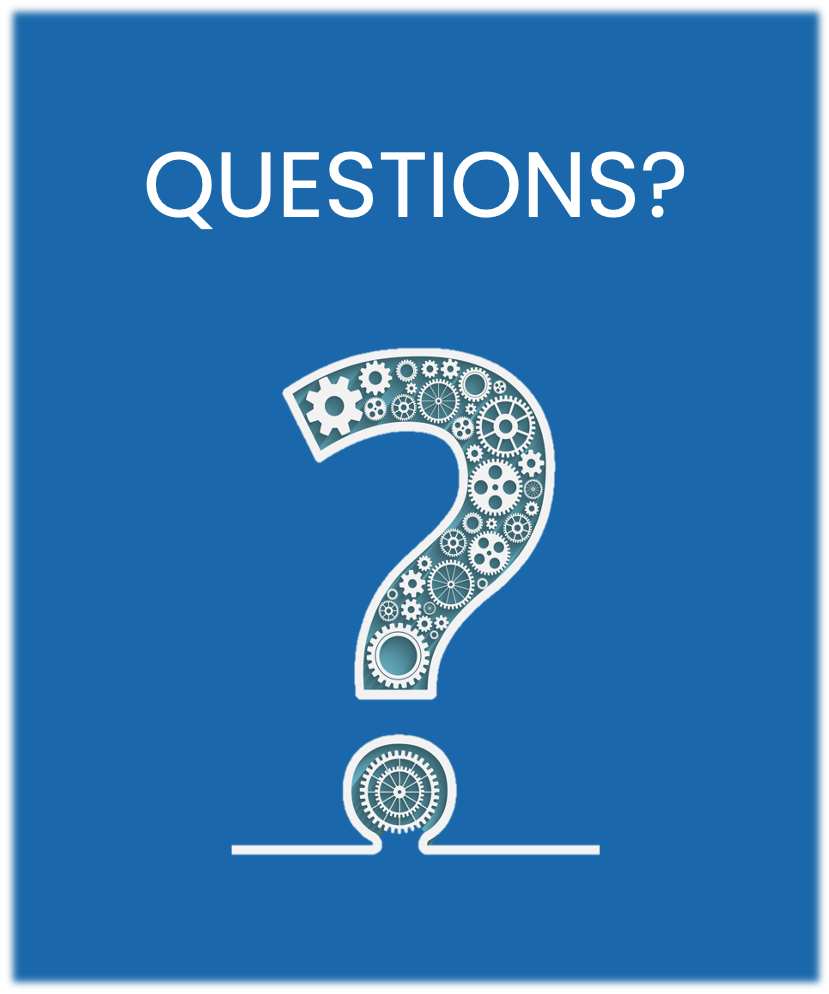

Nicole Thank you so much for your lovely piece. I loved reading about how you took these concepts into your own personal experience and shared your process with us. That article/reserach of Laura King has been especially meaningful to me personally and professionally as a therapist. I work in the area of experiential therapy using psychodrama — and so this research translates very well into action in individual and group settings and the letter writing can then be amplified and expanded using role play and facilitated encounters that help to integrate role transitions – supporting the letting go and moving on process. I love that you brought this to our attention and took the time to help us see how a practitioner is using Kings lesser known research Wonderful to meet you here! phoebe cipp1
This has so beautifully captured the essence of what many of us experience including me. So much of should have, but never really have let it gone and hanging on to a weak thread of hope or regret. It does add to your bulk of emotions. Thank you. Made my day! An excellent good morning article.